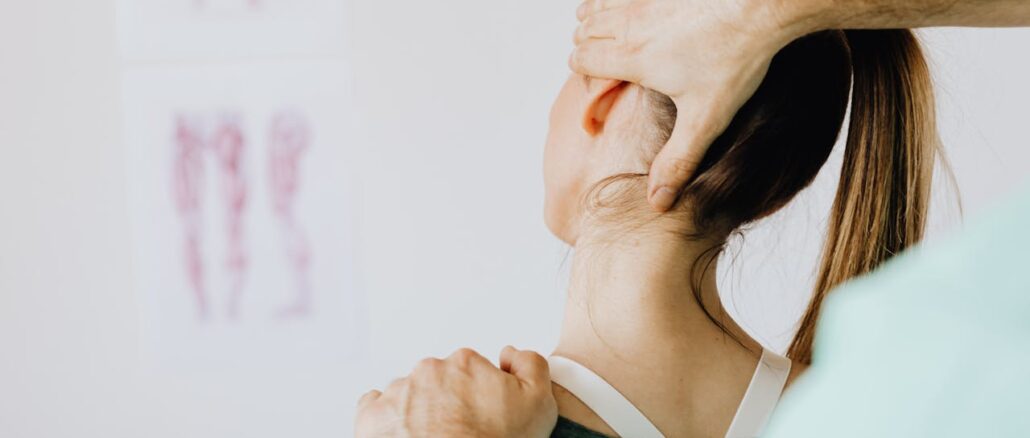
Children with brachial plexus injuries face unique challenges. These injuries affect the nerves controlling arm and hand movement. You might notice your child struggling with basic tasks like grasping a toy or waving hello. Their growth and mobility depend heavily on proper and timely intervention. Understanding these injuries helps you make informed decisions about care and rehabilitation. Early assessment and targeted therapy can help improve outcomes significantly. They can help your child develop better movement and coordination. It can be overwhelming, but you are not alone. Consult with specialists who understand these injuries. In severe cases, legal guidance may be necessary. An Atlanta brachial plexus injury lawyer can offer insight into potential legal actions for your child’s condition. They work to ensure your child receives the support and compensation needed for ongoing care. Together, you can help your child thrive in the face of these challenges.
Understanding Brachial Plexus Injuries
The brachial plexus is a network of nerves that sends signals from the spine to the shoulder, arm, and hand. Injury to these nerves can occur during birth or as a result of trauma. The severity ranges from mild stretching to complete tears. This nerve damage can lead to weakness, loss of sensation, or even paralysis in the affected arm. Recognizing the signs early is crucial for effective treatment.
Impact on Growth and Mobility
Brachial plexus injuries can significantly affect a child’s physical development. Movement restrictions can lead to muscle weakness and stunted growth of the affected limb. This can result in differences in arm length, grip strength, and overall arm function. Everyday tasks such as dressing, eating, and playing can become challenging.
Diagnosis and Treatment Options
Early diagnosis is vital. If you suspect your child has a brachial plexus injury, seek medical evaluation promptly. Doctors may recommend physical therapy to enhance range of motion and strength. Surgical options, such as nerve grafts, might be considered if there is no improvement. Consistent follow-up is important to monitor progress and adjust treatment plans as needed.
Role of Physical Therapy
Physical therapy plays a key role in recovery. Therapists teach exercises that promote strength and flexibility. These exercises help improve nerve function and muscle development. Regular therapy sessions enable children to reach important developmental milestones. Support from occupational therapists can also help them learn daily living skills.
Family Support and Education
Families should become active participants in the rehabilitation process. Engaging in your child’s therapy sessions and learning specific techniques can make a difference. Support groups and educational resources provide valuable information and emotional support. Accessing reliable resources, such as the Eunice Kennedy Shriver National Institute of Child Health and Human Development, helps you stay informed.
Comparison of Treatment Approaches
|
Treatment Approach |
Pros |
Cons |
|---|---|---|
|
Physical Therapy |
Non-invasive, promotes natural healing |
Requires time and consistent effort |
|
Surgery |
Can address severe injuries directly |
Involves risks and recovery time |
Long-Term Outlook and Support
Most children with brachial plexus injuries improve with proper care. Some may experience lasting effects, but many lead active lives. Ongoing therapy and adaptive equipment aid in daily activities. Schools and community programs often provide resources for special needs children.
Conclusion
Dealing with a brachial plexus injury requires patience, dedication, and professional support. The journey can be challenging, but with the right intervention and guidance, your child can achieve significant progress. Remember to stay informed, seek help, and explore legal avenues when needed. Your proactive involvement paves the way for your child’s brighter future.
Photo by Photo By: Kaboompics.com:

